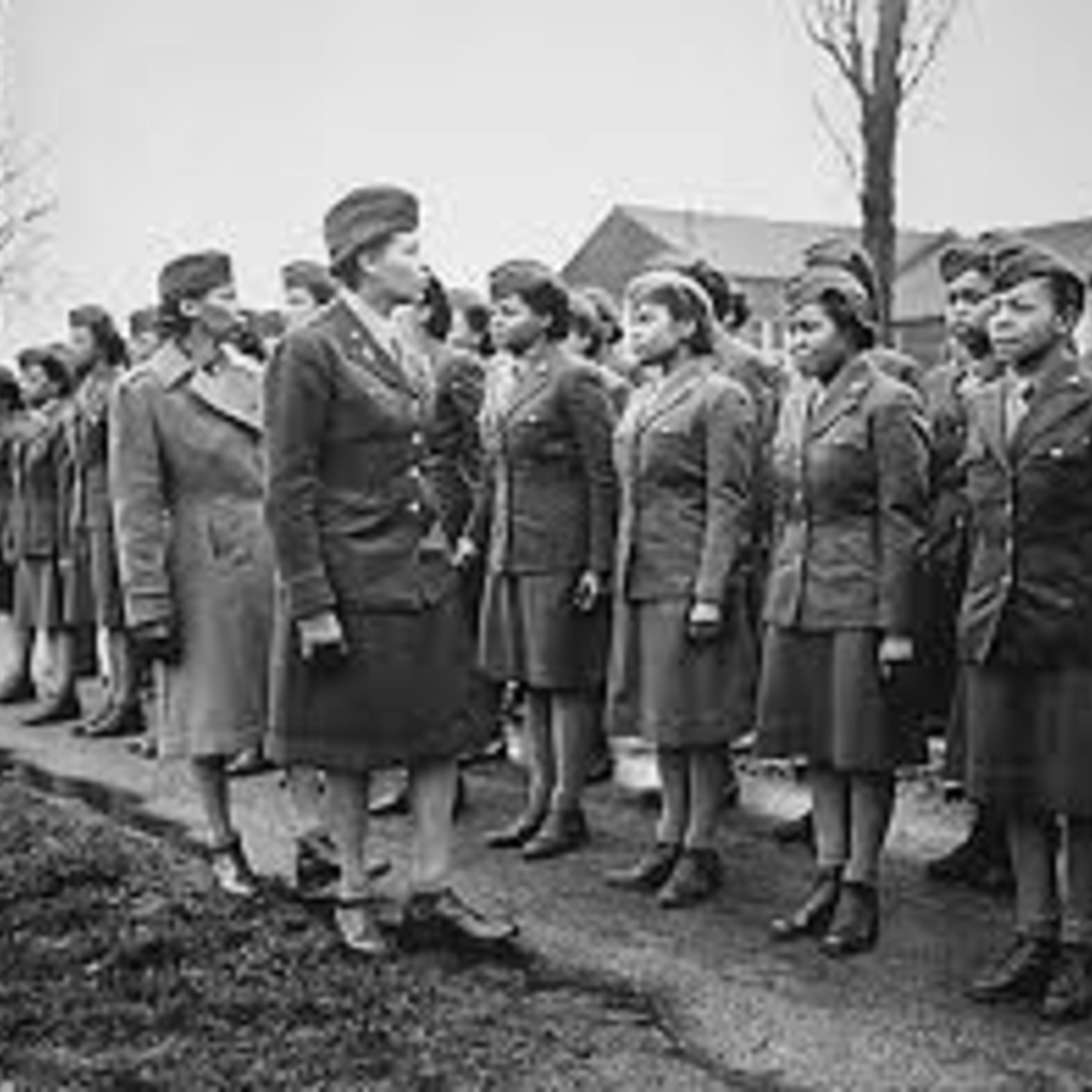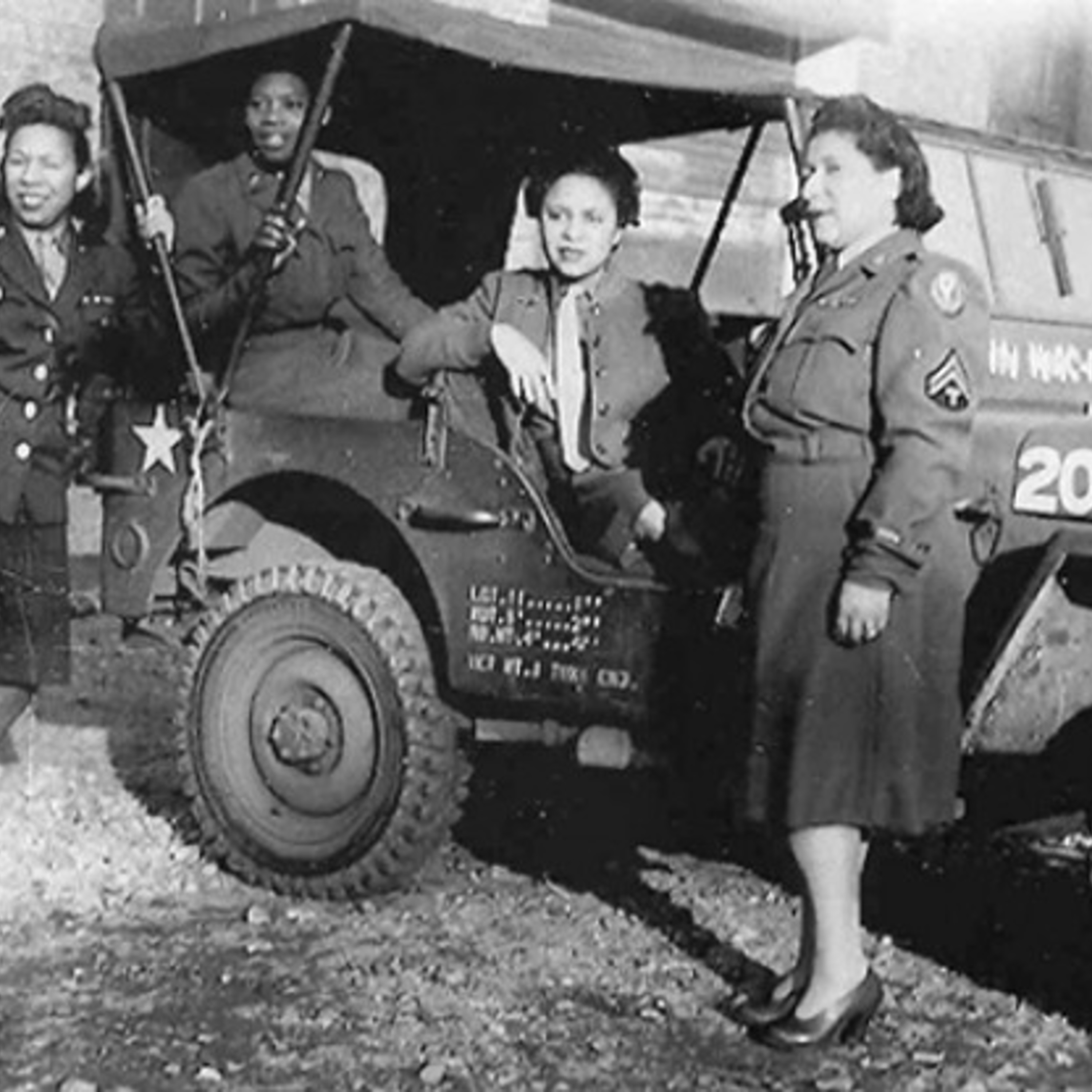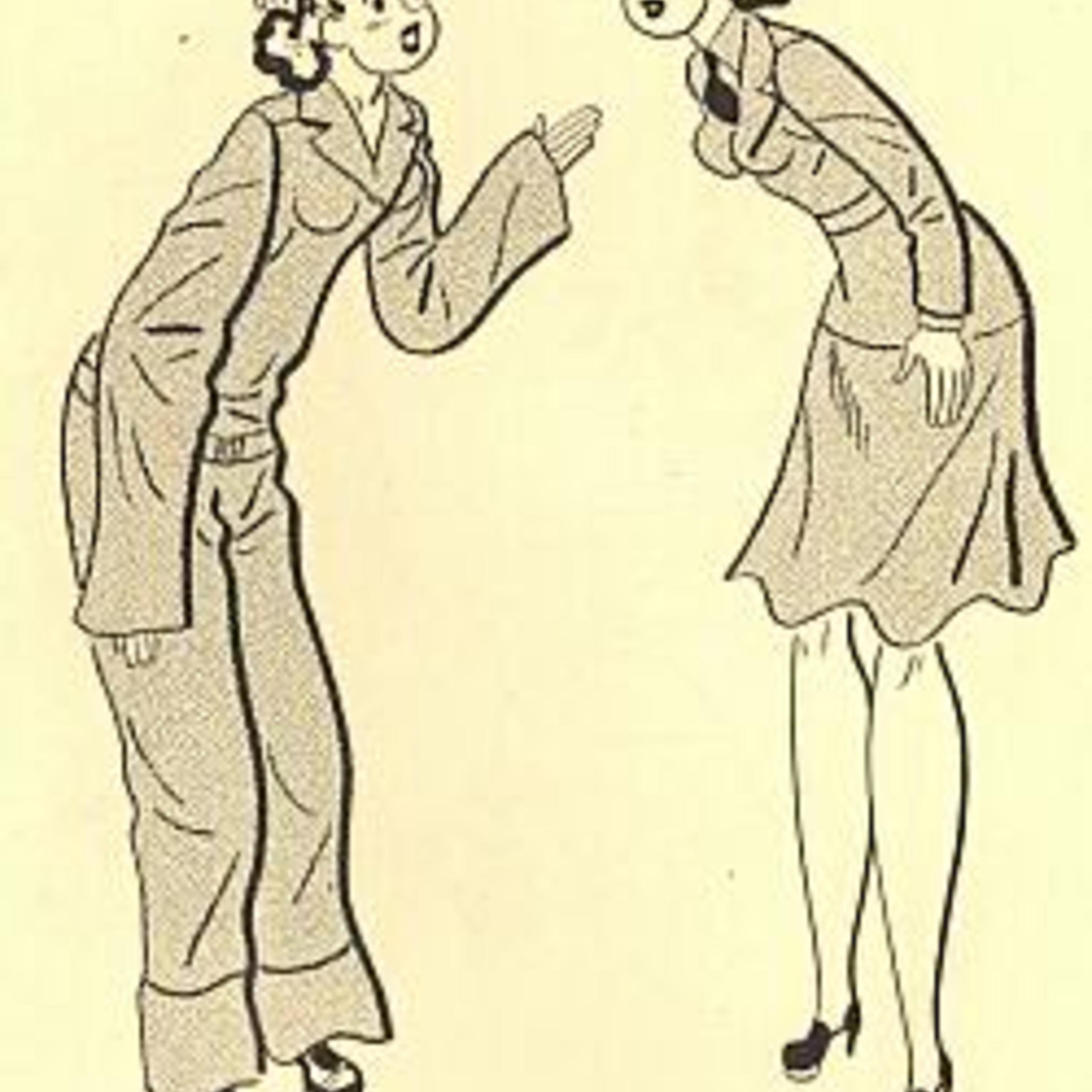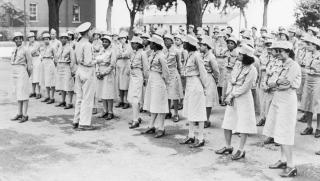Women's Army Corps (WAC)
In May of 1941, Congresswoman Edith Nourse Rogers from Massachusetts introduced a bill to Congress regarding the creation of a Women’s Auxiliary Army. It wasn't until May of 1942, that Congress approved this bill. The division was created but was not integrated into the United States Army. A year later, the group was given full military status and subsequently changed its name to the Women’s Army Corps (WAC).
Women who enlisted with the WAC attended a six-week basic training program where they completed various courses such as military customs and courtesy. The WAC was the only branch of the women’s military that was allowed to send members overseas after the completion of basic training.
1943 WAAC Recruiting Film: https://www.youtube.com/watch?v=kxNnG7aPAfg
1962 WAC Promo Film: https://www.youtube.com/watch?v=kiqwZmBA-Q4
Although women were given new opportunities through the creation of WAC, there was still a significant amount of segregation and racism. The WAC was the first of the women's military branches that allowed African American women to serve however there was a 10% cap on African Americans serving. This cap significantly limited the amount of women who could have participated and helped in the war effort.
Japanese American women also faced discrimination as they were banned from serving with the WAC until 1943. Other ethnic groups volunteered for the forces such as Native American and Chinese American women but these individuals were also heavily discriminated against.
The role of women in the 1930's and 1940's was primarily to stay home, raise their children and tend to housework duties. Women who had any connection to the military were categorized as “prostitutes,” “camp followers,” or “cross-dressers.” Women were also seen as weak and not suitable for combat and warfare by men. Many individuals, both men and women questioned a military woman’s character and morality, and as a result, women were urged to maintain their “feminine” appearance by wearing makeup and nail polish at all times.
Interview with WAC member Thelma Kardon: https://www.youtube.com/watch?v=BO2sE9zPDMM
The end of World War II brought uncertainty to women who had hopes of remaining in the WAC. Demobilization of WAC force was expedited, enlistment ceased, and WAC training centers were closed by the end of 1946. The WAC bill was set to expire on June 30, 1948, and therefore leaders of the Army fought hard to integrate the WAC permanently into the United States Military ranks so that it would not disappear. As a result, a new bill was proposed by Congress which allowed women to serve as permanent, regular members of the Army, Navy, Marine Corps, and Air Force. This bill was passed on June 2, 1948 and signed into law by President Truman.
The WAC continued for another 33 years after the end of World War II, and in 1978, the group was disbanded by President Carter's signing of Public Law 95-485, which integrated women into the U.S. Army. This was a huge step in the right direction for women as well as society as a whole. The passing of this bill broke down gender barriers and allowed women to offically become a part of something they had already been doing behind the scenes for decades.
To learn more, go to... https://www.womenshistory.org/exhibits/womens-army-corps-female-soldiers-wwii









